The Platypus
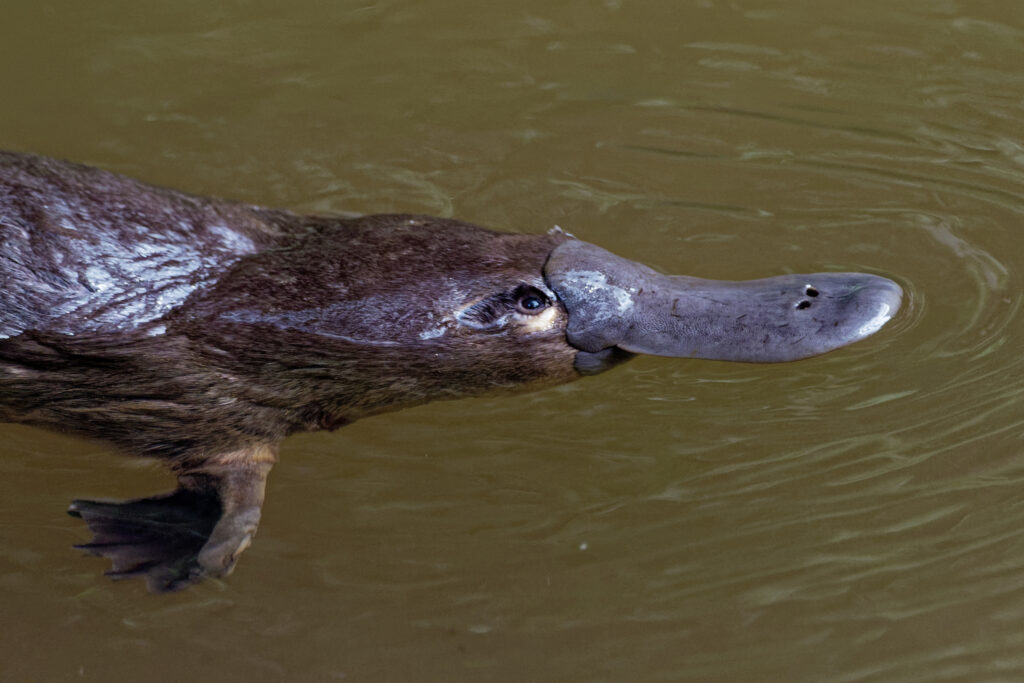
We all know that mammals feed their babies with milk, but did you know that the way animals produce milk can vary wildly across species? At the heart of it, milk production in mammals follows a similar blueprint: specialized glands known as mammary glands produce a nutrient-rich fluid to nourish their young. But from this common thread, fascinating variations emerge in the wild.
Take the platypus, for example. It may be a mammal, but it’s not your average furry creature. This egg-laying oddball doesn’t have nipples like most mammals. Instead, milk seeps through the skin and pools in grooves on the mother’s abdomen, where the baby sucks it up directly. Imagine a wild, unorthodox milk delivery system that bypasses the usual channels, yet still meets the needs of her offspring. This quirky approach stands as a testament to the fascinating adaptability of nature’s creatures in their quest for survival.
Whales
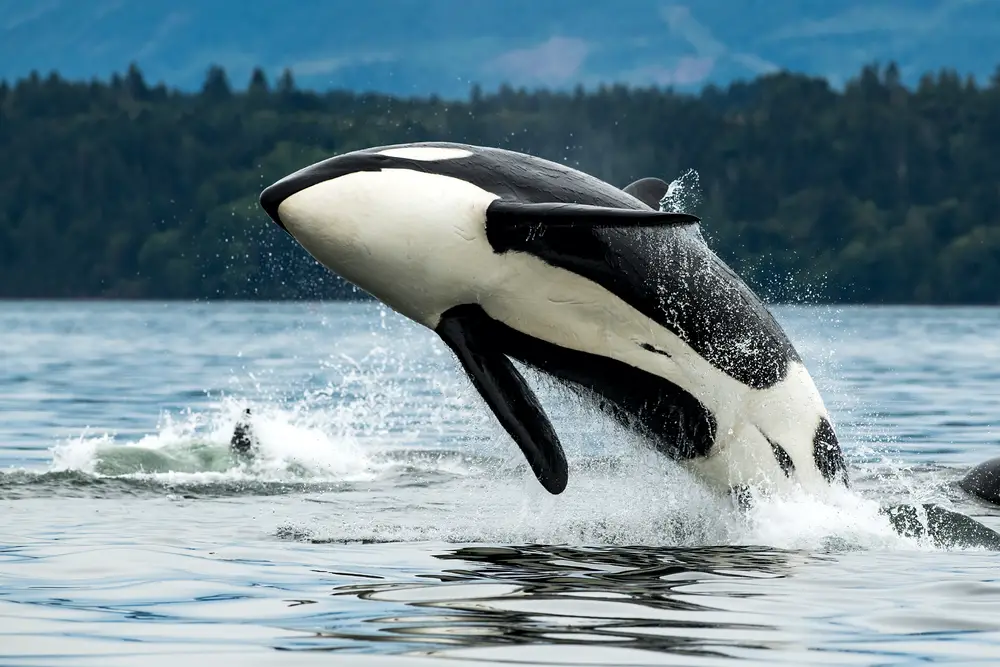
When we think about mammal milk, we might not immediately picture the ocean’s giants, but whales have a rich history of producing some of the most energy-packed milk on Earth. Whale mothers produce an incredibly high-fat milk, necessary for the rapid growth of their calves. But here’s the kicker: the milk is so thick that it almost resembles a solid!
The way whales nurse their babies is equally unique. Instead of suckling like land mammals, whale calves latch onto their mother’s mammary slits, and the milk is squirted directly into their mouths. This high-fat milk is essential for a baby whale’s survival, helping it quickly grow large enough to thrive in the chilly ocean. It’s an interesting strategy—getting the milk just right to support a fast-growing, incredibly large creature in the vast and cold ocean.
Kangaroos

Australia’s most famous marsupial, the kangaroo, has a mind-boggling approach to milk production. A female kangaroo can simultaneously nurse two joeys at different stages of development. Each joey gets its own specially tailored milk. One baby might drink a rich, protein-packed formula to support its rapid growth, while the younger joey gets a milk more suited for its delicate, early-stage needs.
But here’s where it gets wild—kangaroos have two teats and produce two types of milk at the same time. It’s an amazing feat of biological engineering that allows these marsupials to support their offspring at different life stages while navigating the challenges of Australia’s harsh environment. The mother’s ability to juggle these varying demands, providing optimal nourishment for both joeys, speaks volumes about the adaptability of nature.
The Vampire Bat
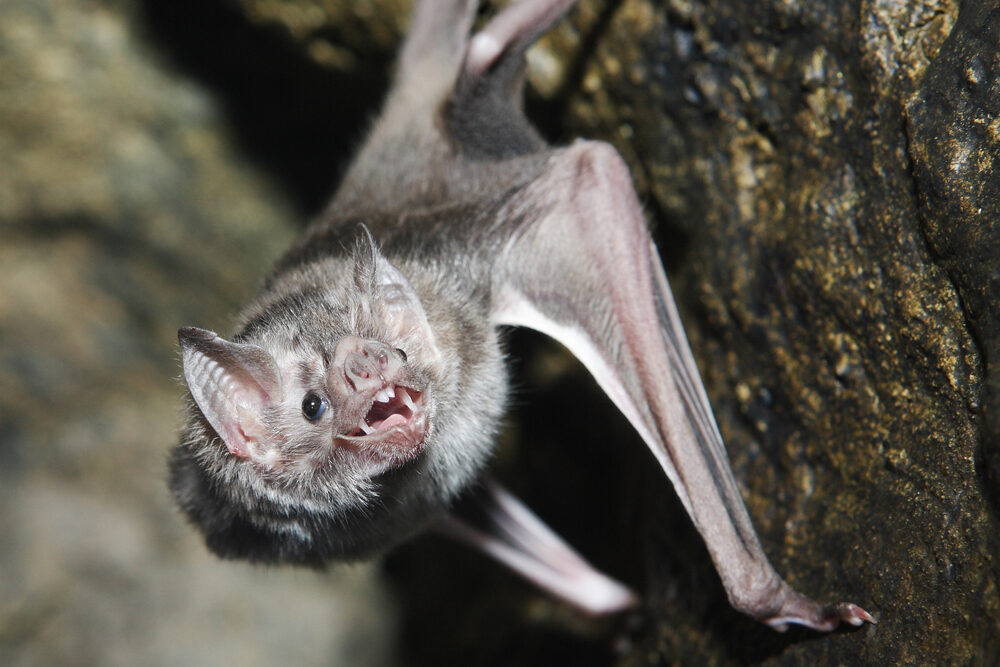
Vampire bats are notorious for their blood-sucking habits, but they have a rather unique way of feeding their young that involves a rather dark twist. After gorging on blood, female vampire bats produce milk in a special way: it’s thinner than the milk of most mammals. The reason? The milk needs to mimic the consistency of the blood they’ve consumed.
But the plot thickens—literally. Vampire bat mothers have a fascinating way of ensuring their milk has all the right nutrients for their growing babies. The mom bat shares the blood meal with her pup, and in turn, the baby’s digestive system is slowly acclimated to processing the nutrients. The result is a feeding routine that’s tailored specifically for this predator, blending the line between nourishment and their infamous eating habits. It’s a delicate balance of survival that showcases how milk production can adapt in the most unexpected ways.
Seals
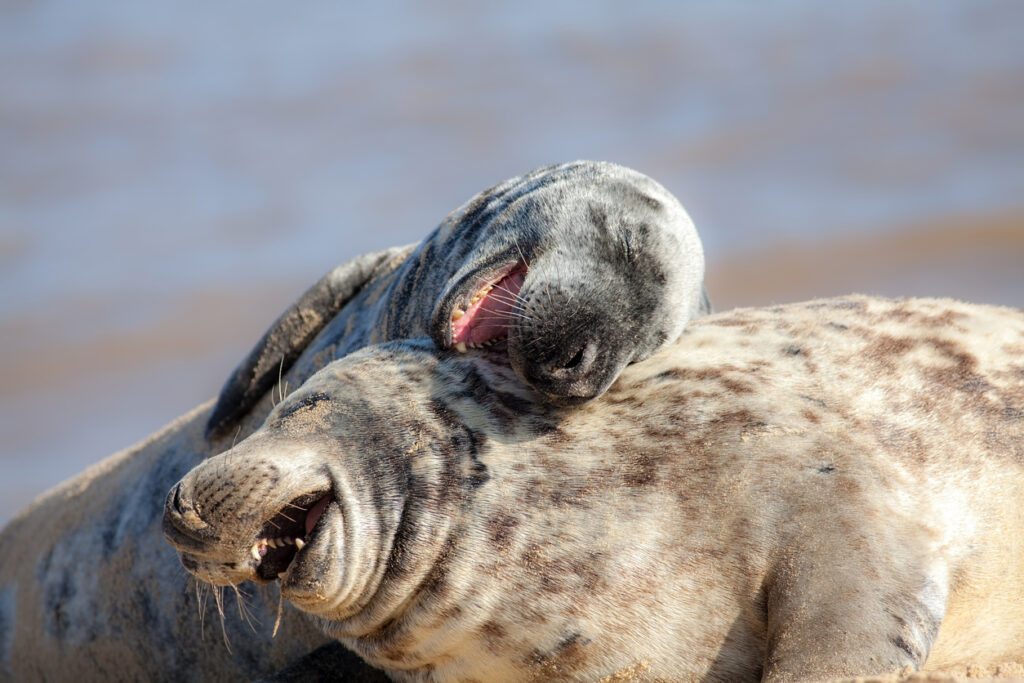
Seals, often thought of as playful beach-dwellers, also have a special place in the milk-production world. To give their pups the best chance at survival in chilly ocean waters, seal mothers produce milk that’s loaded with fat and protein. This super-rich milk allows pups to quickly grow thick layers of blubber to protect them against the cold.
One of the most interesting aspects of seal milk production is that it can vary depending on the environment. For example, the Antarctic seals’ milk is extremely high in fat content, allowing their pups to build insulation faster. Meanwhile, in warmer waters, seal milk might be lower in fat but still provides the perfect balance of nutrients for the developing pup. This adaptability shows that even in the frozen waters of the south, nature has a way of fine-tuning every drop of milk to meet the specific needs of each species.
Elephants
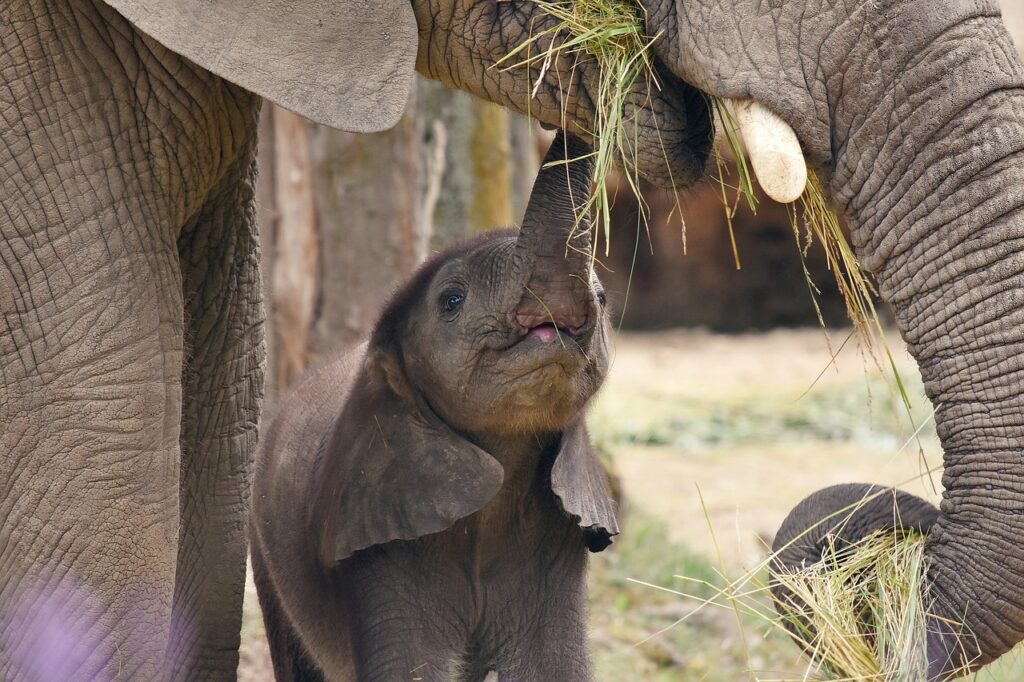
In the wild, elephants are known for their strong family bonds and incredible intelligence, but their approach to milk production and nursing takes commitment to a whole new level. Elephant mothers nurse their babies for an astonishing 2 to 3 years, offering a nutritional powerhouse of milk rich in fats, proteins, and other vital nutrients.
But what’s truly fascinating about elephant milk is the sheer amount of care that goes into the process. Elephant calves are born quite large, yet still need extended periods of nursing to reach full development. The milk, though rich, is also just right in proportion to their slow rate of growth. Mothers, as wise as they are, invest time in helping their calves learn to forage and gradually transition from milk to solid food. This long-term care mirrors the long lifespan of elephants, where nurturing and bonding take center stage.
Dolphins
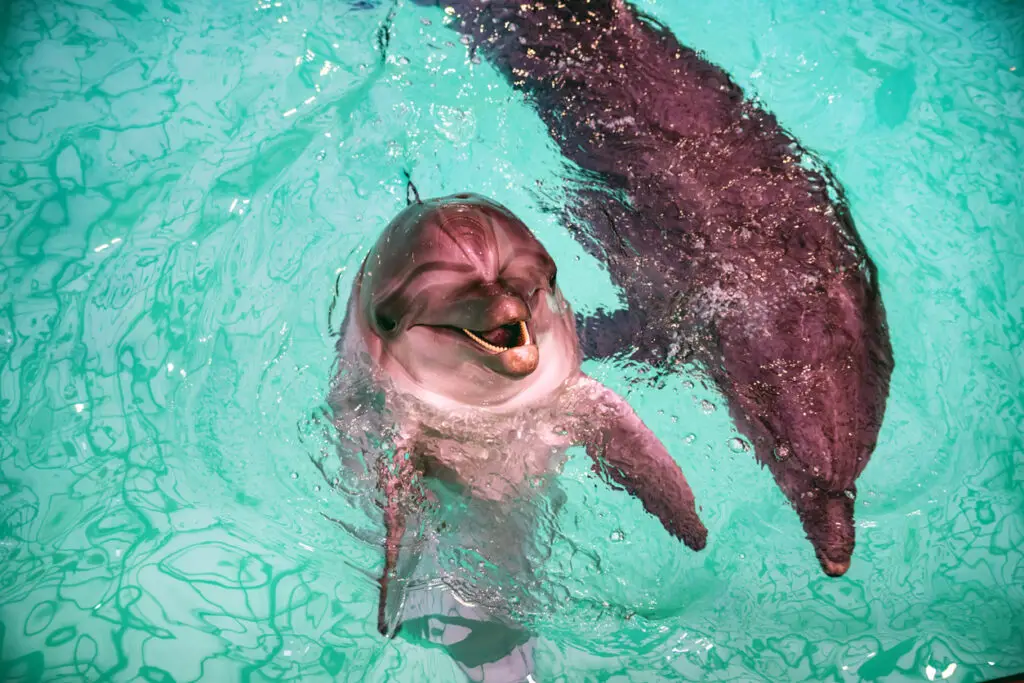
Dolphins, just like whales, nurse their young using specially adapted milk that supports rapid growth and development in the aquatic environment. What makes dolphin milk particularly interesting is its high fat content—sometimes over 40% fat—because dolphins need that energy to build the strength to swim and navigate the ocean’s vast expanse.
But the real twist in dolphin milk production lies in the close-knit relationships between mothers and their calves. Mothers will often nurse their calves for up to 2 years, with milk production continuing even after the calf starts eating solid food. This extended nursing phase supports a gradual transition from milk to fish, allowing the young dolphins to grow stronger and more independent without sacrificing the bond with their mothers. The symbiotic relationship between mother and calf is so tight that it’s as if the milk serves as a metaphor for the nurturing care dolphins have for their young—fluid, supportive, and endlessly adaptable to life in the ocean.
Hedgehogs
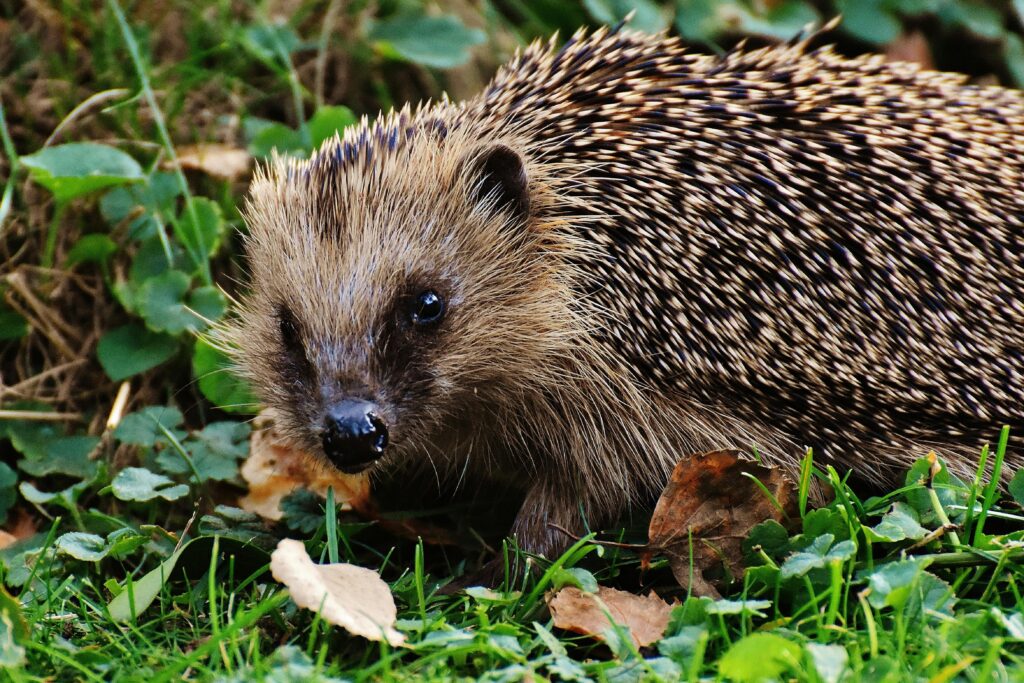
The hedgehog, that spiny little creature, produces milk that is surprisingly rich in fat. It’s a vital source of nourishment for her babies, who are born helpless and tiny, with their eyes still shut. Hedgehog milk is essential for those early days of growth and survival, as it helps the babies grow from their tiny, underdeveloped state to healthy, self-sufficient creatures capable of foraging.
Interestingly, hedgehogs also have a unique way of bonding with their offspring during nursing. A mother hedgehog will often curl around her young, offering warmth and protection during feeding times. This nursing period is crucial, as the baby hedgehogs need the milk’s rich nutrients to develop their spiny coat, which is essential for their survival in the wild. Their milk may be less flashy than some other animals’ milk, but it’s perfectly suited to the survival needs of these small, spiny mammals.


